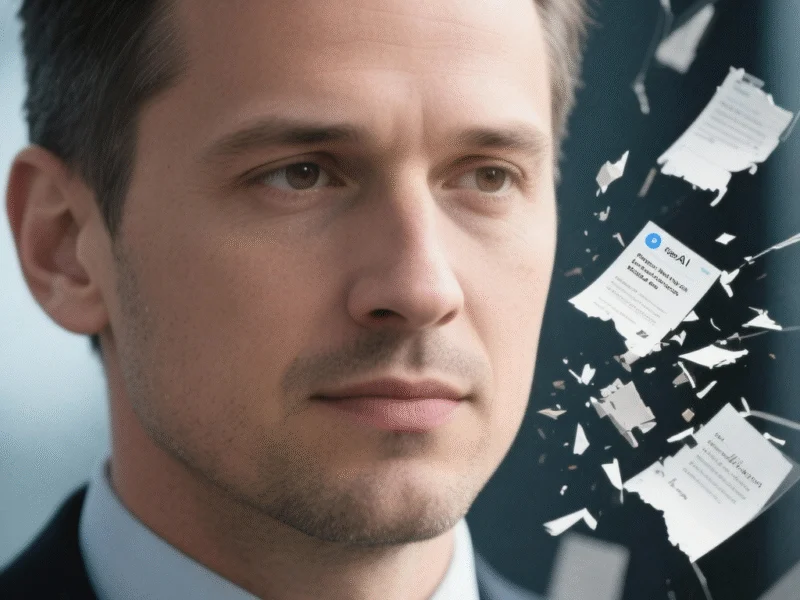A Safer Digital Space for Adolescent Mental Wellness
In a significant move toward supporting adolescent wellbeing, YouTube has announced the launch of a dedicated mental health hub specifically designed for teenage users. This new initiative creates a curated space where young people can access reliable, age-appropriate resources addressing mental health challenges including stress, anxiety, depression, ADHD, and eating disorders. The platform’s decision to establish this specialized content area comes as Google-owned YouTube ranks as the second-most sought platform among teens seeking mental health assistance, particularly for eating disorder support.
The rollout begins in the United States, UK, Canada, Mexico, France, and Australia, where teens will encounter specially organized video shelves featuring content vetted by leading mental health organizations. This development represents YouTube’s latest effort to address growing concerns about digital wellbeing while providing credible resources on a platform where young users already spend significant time. The timing coincides with other major tech developments, including Walmart’s partnership with OpenAI that’s reshaping how consumers interact with technology.
Expert Partnerships Ensure Content Credibility
YouTube has collaborated with three prominent mental health organizations to curate the hub’s content: The Jed Foundation, National Alliance for Eating Disorders, and Child Mind Institute. These partnerships ensure that the available resources meet clinical standards and provide genuinely helpful information for adolescents navigating mental health challenges.
“Teens already turn to YouTube to understand their feelings and mental struggles,” explained a YouTube spokesperson. “However, the current content landscape is unpredictable, ranging from genuinely motivational talks to dangerously misleading clips. By working directly with experts, we’re creating a space where teens can find information they can trust.”
The initiative aligns with broader movements toward responsible technology use, similar to how European authorities are expanding drone surveillance capabilities for security purposes. Both represent efforts to harness technology for public benefit while implementing appropriate safeguards.
Addressing the Digital Mental Health Landscape
This development comes at a critical time when mental health concerns among adolescents are rising, and digital platforms play an increasingly central role in how young people access information. Before this dedicated hub, teens searching for mental health content on YouTube encountered a mixed landscape where evidence-based resources competed with unverified personal anecdotes and potentially harmful advice.
“The algorithmic curation of mental health content presents particular challenges,” noted a child psychologist involved in the project. “While YouTube’s recommendation system excels at identifying engaging content, it doesn’t inherently distinguish between clinically sound advice and potentially misleading information. This dedicated hub changes that dynamic by putting expert-vetted content front and center.”
The approach mirrors quality assurance efforts in other sectors, such as how financial institutions maintain standards despite market fluctuations, ensuring reliable information reaches those who need it most.
Broader Implications for Digital Platforms
YouTube’s initiative establishes a new benchmark for how social media platforms can contribute positively to mental health awareness and support. The move may pressure competing platforms like TikTok, Instagram, and Snapchat to develop similar dedicated resources, potentially creating a new standard for responsible platform design.
Content creators specializing in wellness topics will also benefit from clearer guidelines about what constitutes ethical and effective mental health communication. “When platforms visibly prioritize wellness, it helps reduce stigma, normalizes help-seeking behavior, and directs more people toward appropriate support,” observed a digital media researcher.
This focus on structured, reliable information systems echoes advancements in other fields, including how cryptocurrency taxation frameworks are bringing clarity to complex digital ecosystems, and parallels the recognition seen in Nobel Prize-winning economic research that addresses systemic challenges through innovative solutions.
Implementation and Future Prospects
The mental health hub will integrate with YouTube’s existing health information panels, extending the platform’s commitment to reliable health information with specific focus on adolescent needs. The curated approach represents a significant advancement over purely algorithm-driven content discovery, though platform representatives acknowledge it’s not a complete solution to the complex challenge of online mental health information.
Early feedback from mental health advocates has been largely positive, with many noting that meeting adolescents on a platform where they already feel comfortable increases the likelihood they’ll engage with supportive resources. The initiative demonstrates how technology companies can leverage their reach for social good while addressing legitimate concerns about digital wellbeing.
As the program expands beyond the initial six countries, YouTube plans to incorporate feedback from both users and mental health professionals to refine the hub’s content and presentation. While no digital solution can replace professional mental healthcare, this dedicated space represents an important step toward creating safer, more supportive online environments for vulnerable users.



